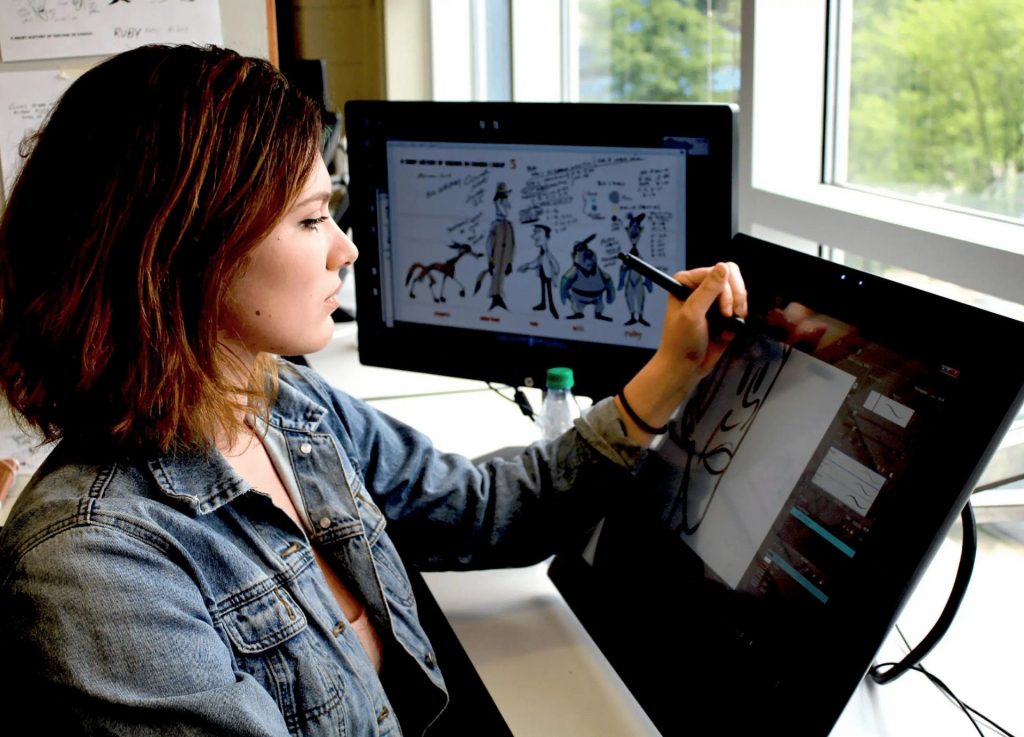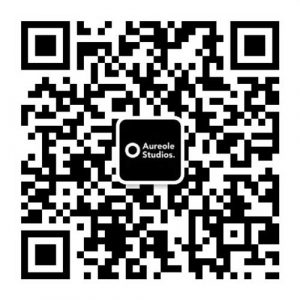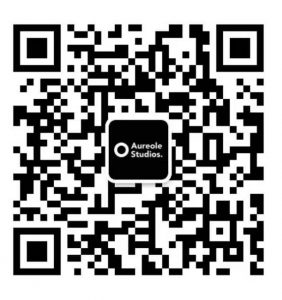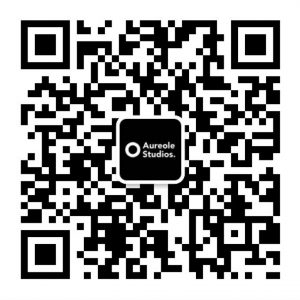Dreaming of attending Sheridan, CalArts, OCAD, or another top-tier animation school?
You’re not alone—and you’re definitely not the only one applying. These schools receive thousands of applications, and most of them include talented, passionate artists. So how do you stand out?

At Aureole Studios, we specialize in helping students build competitive portfolios that check every box and rise to the top. Here are 7 essential tips to improve your chances of getting in:
1. Master the Fundamentals First
Top animation programs want to see technical strength, not just personal style. That means solid:
- Figure drawing
- Gesture
- Perspective
- Construction
- Value & shading
If you’re skipping these in favor of over-rendered fan art, you’re shooting yourself in the foot.
🧠 Foundation first. Flair second.
2. Follow Each School’s Portfolio Requirements Closely
Every school has slightly different expectations. For example:
- Sheridan requires life drawing, character rotation, and layout design
- CalArts prefers more personal storytelling and sketchbook work
- Others may require animation tests or perspective-based scenes
Read the official guidelines, not just YouTube summaries. Then organize your portfolio to match the required order.
✅ Bonus tip: Make it easy for reviewers to find what they’re looking for—label clearly and avoid fluff.
3. Include Life Drawing & Observation
Schools can spot a “Pinterest-only” artist a mile away. They want to see that you’ve trained your eye by drawing from real life—people, interiors, objects, animals, etc.
At Aureole Studios, we run weekly 人体写生活动 sessions for exactly this reason.
✏️ Include a mix of short gestures and longer poses in your final portfolio.
4. Show Character Design Thinking (Not Just Cool Outfits)
When presenting character designs, don’t stop at “cool.” Schools want to see your process: gesture poses, facial expressions, turnarounds, and how design reflects the character’s personality and story.
💬 Ask yourself: “If this character walked into a scene, what would they say? How would they move?”
5. Show Sequential Thinking (Storyboards, Layouts)
Animation is about movement and storytelling, so your portfolio should include examples of sequences, not just stand-alone art.
That could include:
- Storyboard panels
- Interior layouts with camera angles
- Character interactions in a scene
🎥 Show that you understand time, space, and pacing.
6. Curate, Don’t Overstuff
Don’t try to show everything you’ve ever drawn. Your portfolio should feel like a focused, intentional project, not a sketchbook dump.
Aim to include:
- 3–5 life drawings
- 1–2 characters with full exploration
- 1–2 environmental designs or layouts
- 1–2 storytelling sequences
- Bonus: sketchbook pages that show exploration
🗂️ The quality of your work is more important than the quantity.
7. Start Early, and Ask for Feedback
Most rejected portfolios aren’t bad—they’re unfinished. If you wait until the last minute, you won’t have time to iterate and improve.
Start months in advance. Schedule reviews with mentors or instructors. Fix the weak spots. Push the strong pieces further.
📆 At Aureole Studios, we begin working on portfolios with students 6–12 months before their application deadlines.
Ready to Get Accepted?
We’ve helped dozens of students get into Sheridan, OCAD, and other top animation programs by providing the structure, critique, and portfolio planning they need to succeed.
👉 Join Our Portfolio Prep Program
👉 Attend Weekly Life Drawing Sessions
👉 Explore Our Fundamentals Track






“7 Tips to Get Accepted into Top Animation Schools”的13个回复
https://shorturl.fm/aFU7a
https://shorturl.fm/H3cmL
https://shorturl.fm/2Rb1U
https://shorturl.fm/Y3q50
https://shorturl.fm/Km921
https://shorturl.fm/NdAqW
https://shorturl.fm/dth4X
Wjevologin gets the job done! Simple, straightforward login process. No hassles, just straight to the gaming action. Nice and simple. wjevologin
Okay, Funnyexchange…the name made me chuckle. But beyond that, it’s a solid platform. I’ve found some good odds here, and the user interface isn’t too bad. Give it a go if you want a few laughs and, hopefully, some wins! Find out all the exchange details: funnyexchange.
Heard 168fbet is pretty popular. What’s their deal? Good promos or just hype?
Hey 789betdangnhap! Ready for game night! Gonna try my luck, hopefully the odds are in my favor tonight! Check out 789betdangnhap.
That’s a fascinating take on longshot potential! Considering platform security is key-a regulated environment like 333jili register vip offers peace of mind while you analyze the odds. Responsible gaming is vital!
That’s a fun article! It reminded me of checking out new online casinos – easy registration is key, right? I saw 33win is making waves in Vietnam with a streamlined process & local payment options – definitely worth a look if you’re curious! 😊